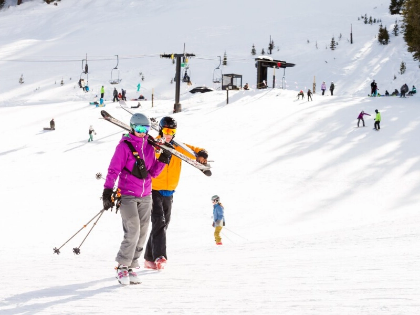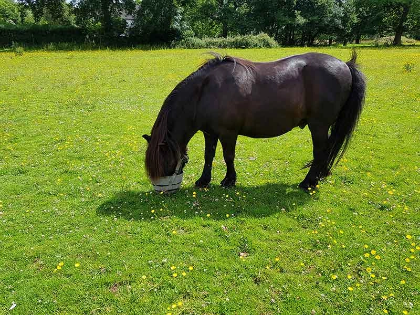Selecting Ski Goggles: Safety and Visibility on the Slopes
Your vision is your most vital sense, so safeguard it with a comfortable set of ski goggles. Seek for characteristics such as an internal anti-fog coating that works well and doesn't break down when it comes into contact with snow or water. On bright days, choose for darker lens tints that minimise glare and absorb sunlight. To adjust to shifting conditions, seek out goggles with removable lenses and consider polarised lenses or mirror coatings that cut through strong reflected light.
Lens Hues
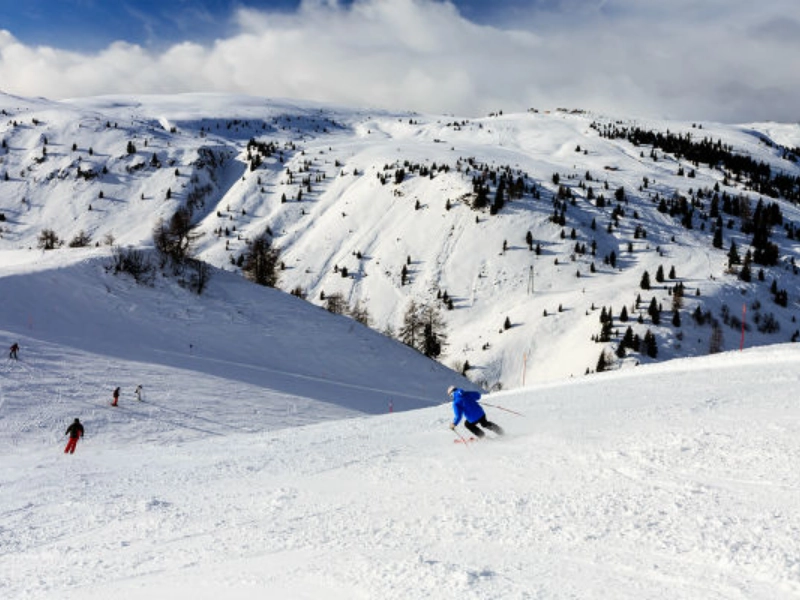
Diminished Glare
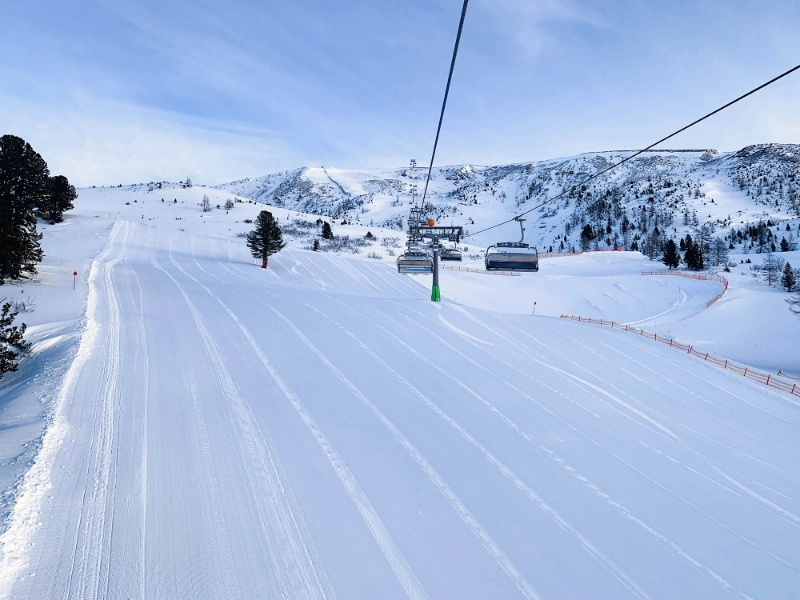 On bright ski days, selecting the appropriate mirror coating or lens tint can help minimise eye strain and increase vision. Deeper hues filter out strong light waves, while polarised or coated lenses reduce glare from snow and sun reflections.
Look for lens tints that improve contrast on days with gloomy or flat light to make contours and characteristics of the terrain stand out. Rose-coloured and amber-coloured lenses work best because they absorb certain wavelengths that brighten shadows and make outlines easier to perceive.
Venting systems and anti-fog treatments stop moisture from building up inside the goggles and obstructing your eyesight. For best results, look for a pair of double-lens glasses with an insulated headspace and vents to move air around. Additionally, foam cushioning around the eye area keeps the goggles firmly in place against your face. If you ski in a variety of circumstances, think about getting a pair with replaceable lenses so you can always be ready for any kind of weather.
On bright ski days, selecting the appropriate mirror coating or lens tint can help minimise eye strain and increase vision. Deeper hues filter out strong light waves, while polarised or coated lenses reduce glare from snow and sun reflections.
Look for lens tints that improve contrast on days with gloomy or flat light to make contours and characteristics of the terrain stand out. Rose-coloured and amber-coloured lenses work best because they absorb certain wavelengths that brighten shadows and make outlines easier to perceive.
Venting systems and anti-fog treatments stop moisture from building up inside the goggles and obstructing your eyesight. For best results, look for a pair of double-lens glasses with an insulated headspace and vents to move air around. Additionally, foam cushioning around the eye area keeps the goggles firmly in place against your face. If you ski in a variety of circumstances, think about getting a pair with replaceable lenses so you can always be ready for any kind of weather.
UV Defence
 Along with a helmet, your eyes play a vital role in your total protection. Eye strain can result from gazing at snow for extended periods of time as sunshine reflects off it. This can be lessened with the correct goggles, which also shield you from the sun's damaging UV rays and reduce glare.
Ski goggles with a mirror or flash coating are a suitable option in bright situations. This reduces glare and promotes excellent visibility by reflecting strong light away from the lens. Other lens options include amber tints, which enhance contrast and depth perception by suppressing blue light, and polarised lenses, which darken in strong light.
A venting system found on many frames lets air circulate inside the goggles to prevent fogging. Make sure to never stack your goggles lens-side down, clean them as soon as they're dry, and take frequent breaks during your skiing sessions to let your breath out in order to further minimise fogging. Utilising an anti-fog product can also aid in preventing fogging by clearing the lenses of any condensation.
Along with a helmet, your eyes play a vital role in your total protection. Eye strain can result from gazing at snow for extended periods of time as sunshine reflects off it. This can be lessened with the correct goggles, which also shield you from the sun's damaging UV rays and reduce glare.
Ski goggles with a mirror or flash coating are a suitable option in bright situations. This reduces glare and promotes excellent visibility by reflecting strong light away from the lens. Other lens options include amber tints, which enhance contrast and depth perception by suppressing blue light, and polarised lenses, which darken in strong light.
A venting system found on many frames lets air circulate inside the goggles to prevent fogging. Make sure to never stack your goggles lens-side down, clean them as soon as they're dry, and take frequent breaks during your skiing sessions to let your breath out in order to further minimise fogging. Utilising an anti-fog product can also aid in preventing fogging by clearing the lenses of any condensation.
Flexibility
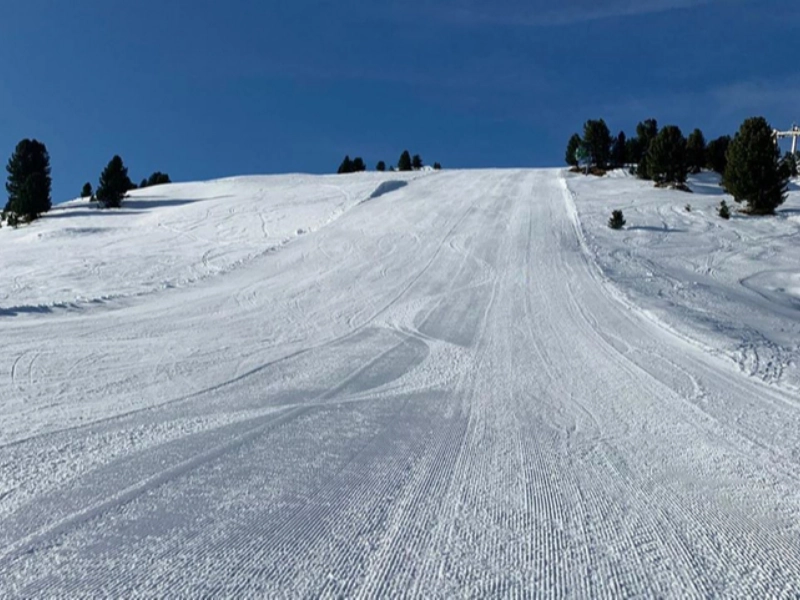 For skiers, having clear vision is essential regardless of the weather. When visibility is poor or there is a whiteout, ski goggles improve visibility and shield the eyes from potential dangers. Discover how various lens qualities and tints affect vision and how to quickly adjust your goggles to have the best possible view of the slopes.
Amber or rose-coloured light-sensitive lens tints, in particular, intensify contrast to highlight impediments and topography, particularly in dim or level illumination. Other lens coatings and tints, such as polarised or mirror coatings, lessen glare by obstructing strongly reflected sunlight. To accommodate different weather and lighting circumstances, several models come with interchangeable lens packs.
Ventilation is crucial for preventing fogging because it lets warm air from inside your goggles leave, cooling the lenses' surface and minimising fogging. A lot of goggles come with integrated fans that circulate air to keep the goggles dry. To ensure that your goggles fit comfortably over your helmet, seek out ones that are compatible with helmets.
For skiers, having clear vision is essential regardless of the weather. When visibility is poor or there is a whiteout, ski goggles improve visibility and shield the eyes from potential dangers. Discover how various lens qualities and tints affect vision and how to quickly adjust your goggles to have the best possible view of the slopes.
Amber or rose-coloured light-sensitive lens tints, in particular, intensify contrast to highlight impediments and topography, particularly in dim or level illumination. Other lens coatings and tints, such as polarised or mirror coatings, lessen glare by obstructing strongly reflected sunlight. To accommodate different weather and lighting circumstances, several models come with interchangeable lens packs.
Ventilation is crucial for preventing fogging because it lets warm air from inside your goggles leave, cooling the lenses' surface and minimising fogging. A lot of goggles come with integrated fans that circulate air to keep the goggles dry. To ensure that your goggles fit comfortably over your helmet, seek out ones that are compatible with helmets.



